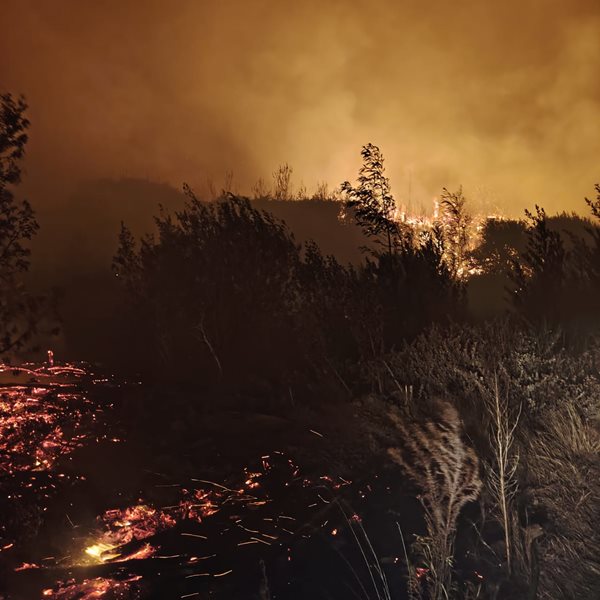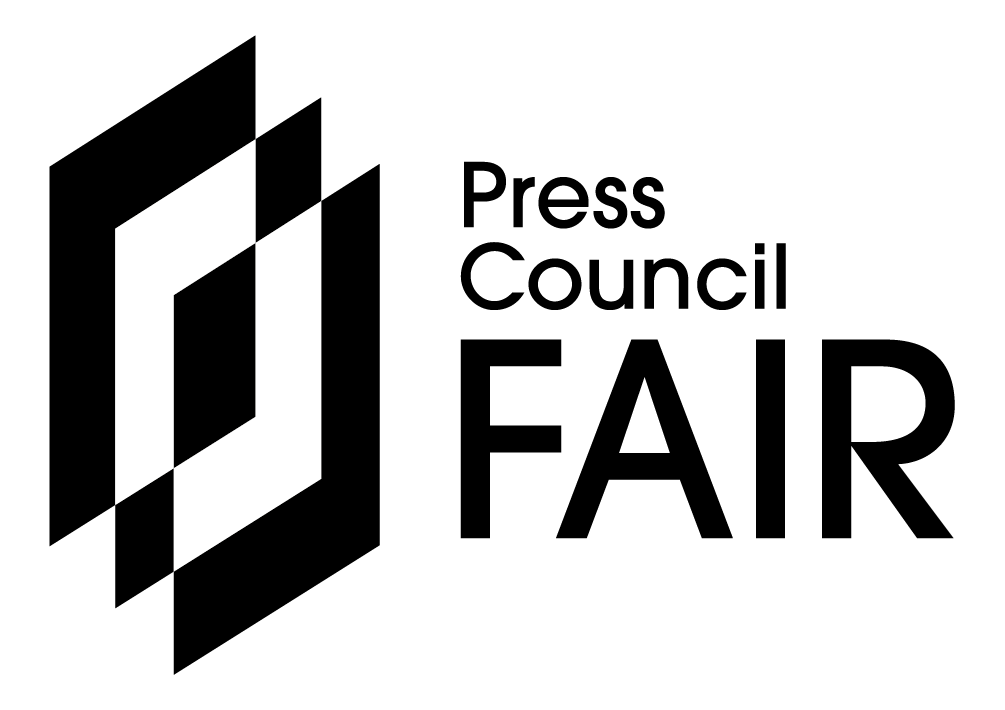ENVIRONMENT - No fatalities, serious injuries, or major infrastructure losses occurred in Western Cape wildfires during the past season.
The Provincial Disaster Risk Management Centre says the Western Cape’s 2024/25 wildfire season, running from November 2024 to April 2025, recorded a significant increase in fire frequency, but a marked reduction in total area burned, compared to the previous year.
Anton Bredell, Western Cape Minister for Local Government, Environmental Affairs and Development Planning believes the mitigated impact of the fires is the result of long-term investment in training, equipment, and effective coordination between the various agencies involved.
A total of 11 149 veld and wildland fires were reported between November and February, with approximately 32 187 hectares burned.
This is down from 78 000 hectares in 2023/24.
The largest single fire this season, the Swartberg fire which raged at the end of December into January, accounted for 15 545 hectares.
Provincial aerial resources were deployed to 63 fires, with 245 flying hours logged and more than 2 million liters of water dropped. Ground support contributed 2 930 operational hours.
The Western Cape Government allocated R19,26-million for aerial firefighting, R1,02-million for ground support, and R3-million to support Fire Protection Associations.
 The fires in the latest fire season burnt across less than half the area affected in the previous fire season.
The fires in the latest fire season burnt across less than half the area affected in the previous fire season.
“With this season done and dusted, our planning for next season is well underway, and I plan to meet with counterparts at our National Department of Forestry, Fisheries and the Environment to discuss the future of the Working on Fire Programme to secure future funding for firefighting in the Western Cape.
"We repeat our concern about the lack of aerial support from the South African National Defence Force. During the past season there were again no military helicopters available for deployment during operations in our province,” Bredell said.
“We have been steadily investing in our firefighting capabilities over many years. Since 2016, the Fire Service Capacity Building Grant has delivered 120 firefighting vehicles across the province, and we have installed over 15 000 smoke alarms in high-risk communities.
If we include smoke alarms installed together with other stakeholders, this number doubles to more than 30 000 alarms.
“The past season underscores the importance of sustained investment in aerial capacity, pre-season mitigation, and community fire safety education,” Bredell said.
‘We bring you the latest Garden Route, Hessequa, Karoo news’















